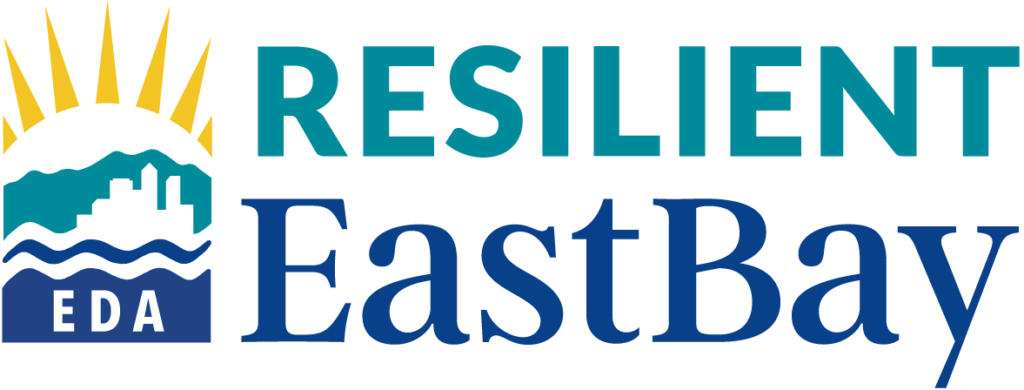Zoning And Project Approvals
Zoning ordinances can be a developer's, site locator's, or businesses’ first introduction to a city, so the ordinance must provide clear, relevant, information regarding what uses or activities are or are not allowed in any given industrial zoning district. But the ordinance also must be easy to interpret for planners who review development applications, for contractors who apply for permits, and for policy makers—including planning commissioners and city council members— who may be called upon to adjudicate decisions regarding the zoning code’s application.

A clear zoning code is also key to a project approval process that is relatively predictable and faster than processes that are opaque and/or require extensive discretionary review. Having a clear well-constructed zoning ordinance can be an essential tool for attracting investment in industrial districts, retaining existing businesses, and allowing innovative businesses to flourish. In addition, standards and policy decisions within local zoning code itself can be key to maintaining and expanding industrial land supply through zoning
Effective Industrial Zoning Objectives
- Promote industrial development through proactive zoning ordinance standards and simplified approval processes.
- Establish clear policy commitment to industrial land and uses.
- Create balance between land use flexibility and development certainty.
- Differentiate zoning and land use decisions from economic development activities.
Selecting the Right Zoning Tools
View Detailed Industrial Zoning and Project Approval Tools>
Here is a brief introduction to each of the tools and when or how a city might choose to implement one versus the other.
Increase zoning ordinance legibility and clarity
- Many cities have zoning ordinances that have been cobbled together over time and can therefore be difficult to use. There are many simple steps a city can take to reformat its zoning ordinance to make the existing content more accessible and easier to use, even if the code’s content is not being amended.
- A city should consider using this tool if their code contains a high proportion of text without corresponding graphics; has a complex system of references between different sections of code; does not contain clickable links to relevant definitions or code sections and/or has not been properly transcribed into an online application such as MuniCode; could be difficult to read for non-native English speakers due to complex or unnecessary code language.
Update industrial zoning districts and use definitions
- A zoning ordinance with too many industrial zoning districts adds unnecessary confusion surrounding which industrial uses and building standards apply to a particular parcel. In addition, outdated use definitions make it difficult for developers to confirm under which use category a prospective use would fall.
- This tool assists with reducing zoning ordinance’s existing zoning districts and clarifying use definitions so neither is not too broad or general.
- Reducing zoning districts reduces developer uncertainty as to which district their proposed project would be in and what use definitions apply in that district.
- A city should consider using this tool if their current zoning code has more than three zoning districts intended for primarily industrial use. Reducing and focusing the number of districts will improve clarity for developers and simplify the approvals process.
Expand by-right development opportunities through use regulations
- A zoning ordinance that makes extensive use of discretionary review through conditional use permits creates increases the risk associated with obtaining development approvals and increases the administrative burden for both potential developers and local planning departments respectively.
- This tool describes the process for increasing by-right development opportunity by limiting the number of uses that require discretionary review.
- Identifying increased by-right development use types should be considered for zoning codes that currently include many industrial uses requiring some form of discretionary review – such as a conditional use permit or temporary use permit.
Limit specific use standards
- Specific use standards serve as an additional layer of regulation to which a specific use must adhere in addition to any general or zoning district standards. Zoning ordinances that make extensive use of specific use standards relating to non-hazardous uses can add an unnecessary burden for developers trying to determine which standards need to be met by specific industrial uses and project development types.
- This tool can assist planning departments in reviewing the number of uses with individual use standards within their zoning code to identify any specific use standards that could be removed. Specific use standards for industrial uses that have no potential for severe public nuisance may be candidates for elimination.
Increase design review flexibility
- A zoning ordinance with extensive and stringent design review guidelines can limit the potential for changes in industrial use and small-scale industrial development by adding cost and administrative burden for both local government and developers.
- A city may benefit from increasing design review flexibility if the existing design code currently requires any form of industrial development or change in use to undergo a full design review process. Listing certain changes of use or size of industrial developments as exempt from full design review will decrease administrative burden and speed up for industrial development timelines.
Restrict the rezoning or reuse of industrial land for non-industrial uses
- Many cities lack zoning ordinance language that protects industrial land and industrial uses from being shifted towards non-industrial land use, making it difficult for industrial uses to compete with non-industrial uses for development opportunities.
- Cities can greatly curtail the rezoning or reuse of industrial land for non-industrial uses by adding a section of the zoning code that lists standards that must be met for industrial land to be rezoned or reused in a non-industrial way.
- This tool can benefit cities that are losing a significant proportion of their industrial land supply, and therefore industrial uses, to other types by directly managing this process.
Expand industrial land supply through rezoning
- Cities with a limited industrially zoned land supply, or number of other zones that permit industrial uses, may struggle to attract a variety of industrial development, especially if there is market demand.
- A city can expand their industrial land supply by increasing the amount of industrially zoned land and/or the number of industrial uses permitted in mixed-use or commercial zones. This can increase the opportunity to attract more industrial development uses which could be compatible with other commercial uses.
- This tool will be most useful for cities that strictly limit industrial use potential in mixed-use or commercially zoned districts.


